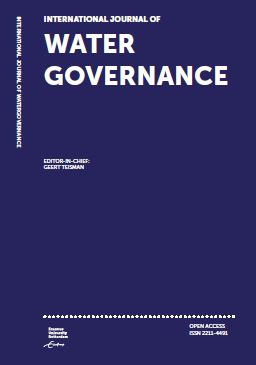Collective action in multilevel water governance and management
variation by scale and problem type
Keywords:
Collective action, Watersheds, River basins, Scale, Decision scenarios, Roles and responsibilitiesAbstract
A set of water decision scenarios in the western U.S. provided examples about how collective action varies by scale and type of water management problem. Once problem scales exceed the microwatershed level, it is difficult for individuals to represent themselves and they must express their choices through representatives. Empowerment to make collective decisions is highest at local scales where consequences of resource decisions are borne by those who are empowered. As the scale increases, the conflicting priorities and impacts among multipurpose water issues become difficult to sort out and more formal decision approaches are needed. Findings from the cases show how empowerment falls off in different ways as scale increases, with more empowerment for planning problems and less for problems of infrastructure development and much less for regulatory actions. By showing how collective action varies by scale and problem type, insight is gained into both the governance and management of water. Clear identification of roles and responsibilities in contextual explanations of water problems at different scales can improve understanding of the reforms needed in management and governance.







